1. The Fall of the Roman Empire

When the mighty Roman Empire crumbled, some historians and conspiracy theorists pointed to “bad energy” as the underlying cause. Many believed that the empire’s fall was linked to a buildup of negative forces, whether they were the result of poor leadership, economic decline, or internal decay. The “bad energy” theory suggests that after centuries of success, Rome’s inability to adapt to changing circumstances led to an imbalance of power and spirit within the empire.
As external invaders like the Visigoths and Vandals pressed on, Rome’s internal struggles grew more pronounced. This shift in the empire’s energy, marked by corruption, chaos, and instability, might have been the catalyst that eventually brought down one of the world’s most powerful civilizations. In a way, the empire’s collapse is seen by some as a reflection of a society that had, metaphorically, lost its positive energy.
2. The Salem Witch Trials
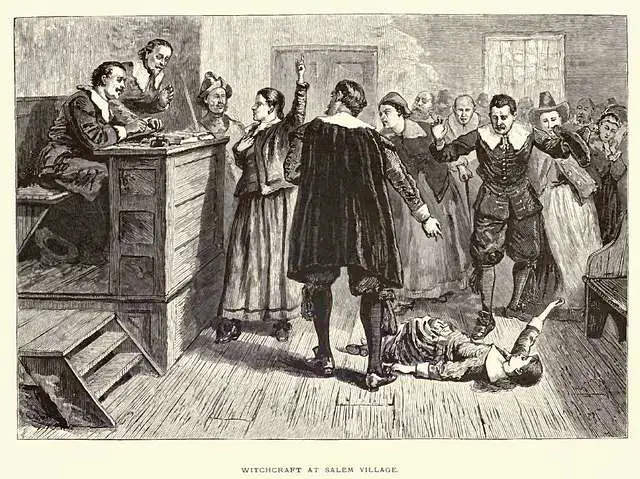
The Salem Witch Trials of 1692 are infamous for their mass hysteria and wrongful executions of innocent people. Historians have long debated whether this dark period in history can be attributed to a collective buildup of bad energy in the community. Many believe that the trials, which began with accusations of witchcraft among young girls, were fueled by an atmosphere of fear, superstition, and social tension that made everyone involved vulnerable to suggestion.
The energy in Salem, particularly among the Puritan settlers, had been growing more strained due to disease, economic hardship, and a lack of spiritual fulfillment. The belief that witches were the cause of all misfortune led to an eruption of accusations and paranoia. Some argue that the “bad energy” created by these emotional and psychological forces contributed directly to the tragedy.
3. The Titanic Disaster
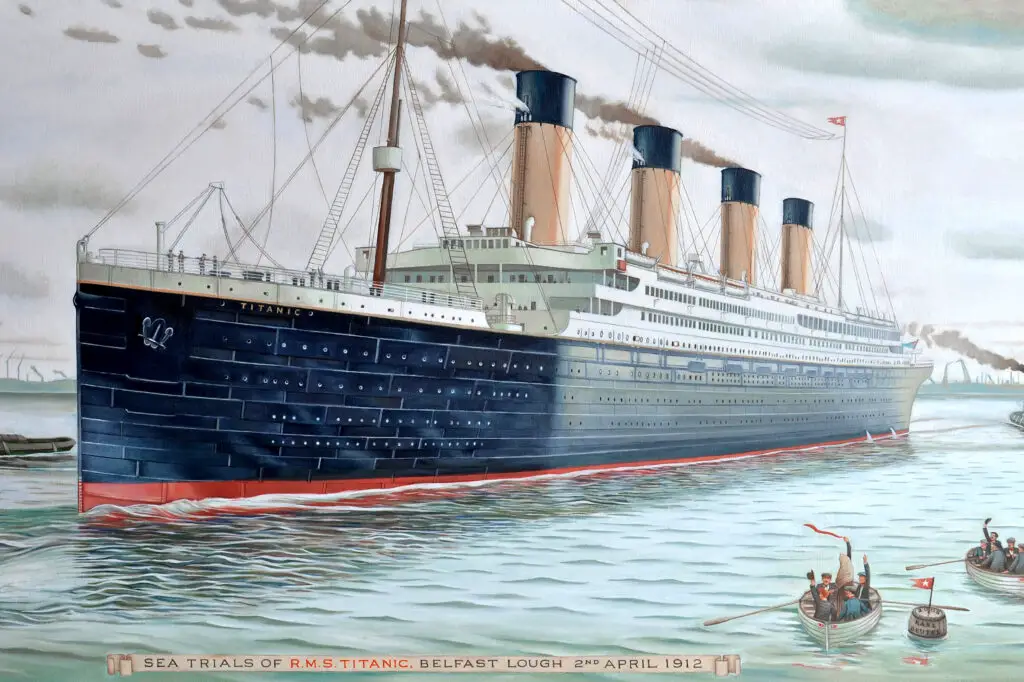
The sinking of the RMS Titanic in 1912 is often linked to a series of tragic coincidences, but some claim it was more than just bad luck—it was bad energy at work. The ill-fated voyage was riddled with signs of negativity, from the rumors surrounding the ship’s supposed “unsinkable” reputation to the eerie tales of individuals who had prophetic dreams about disaster. Additionally, some passengers and crew members believed that the ship had been cursed.
From a metaphysical standpoint, the Titanic’s energy was seen as one that had grown increasingly reckless, driven by an overconfidence that ignored early warnings. As the ship struck the iceberg and went down, it could be seen as the ultimate manifestation of the consequences of ignoring the negative energy accumulating around the vessel’s design and its voyage.
4. The Great Fire of London
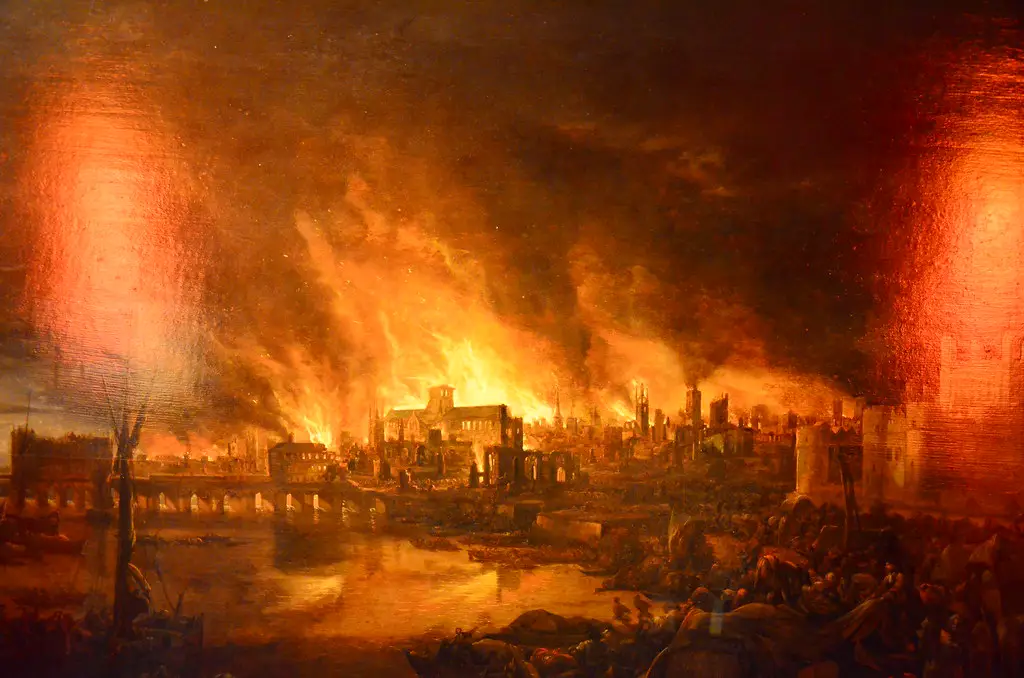
In 1666, the Great Fire of London wiped out much of the city, destroying thousands of buildings and changing the course of history. While it was officially blamed on a small spark in a bakery, some have suggested that the fire may have been the result of accumulated “bad energy.” The years leading up to the fire had been marked by political and economic tension, creating an atmosphere of unease and restlessness.
In the weeks prior, London had been suffering from outbreaks of the plague and social unrest. The fire, which ravaged the city for days, could be seen as the universe’s way of purging the bad energy that had been festering within the community. In this light, the disaster seems less like a random event and more like the manifestation of a city’s negative atmosphere.
5. The Cuban Missile Crisis
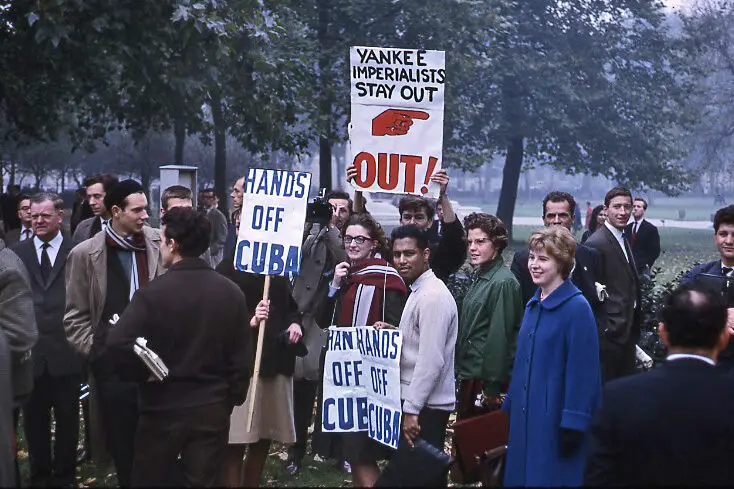
During the tense days of the Cuban Missile Crisis in 1962, the world teetered on the edge of nuclear war. Some have suggested that the escalating tensions between the United States and the Soviet Union were not just the result of political maneuvering, but also due to a buildup of bad energy on both sides. The hostile energy between the superpowers created an environment where a single misstep could have led to global catastrophe.
The entire crisis was steeped in distrust, fear, and suspicion, with both sides refusing to back down. The negative energy was so palpable that even small actions seemed to hold the power to ignite a massive conflict. Many believe that this sense of impending doom, fueled by decades of Cold War animosity, turned a geopolitical standoff into a battle of wills where bad energy played a pivotal role in how events unfolded.
6. The Black Plague
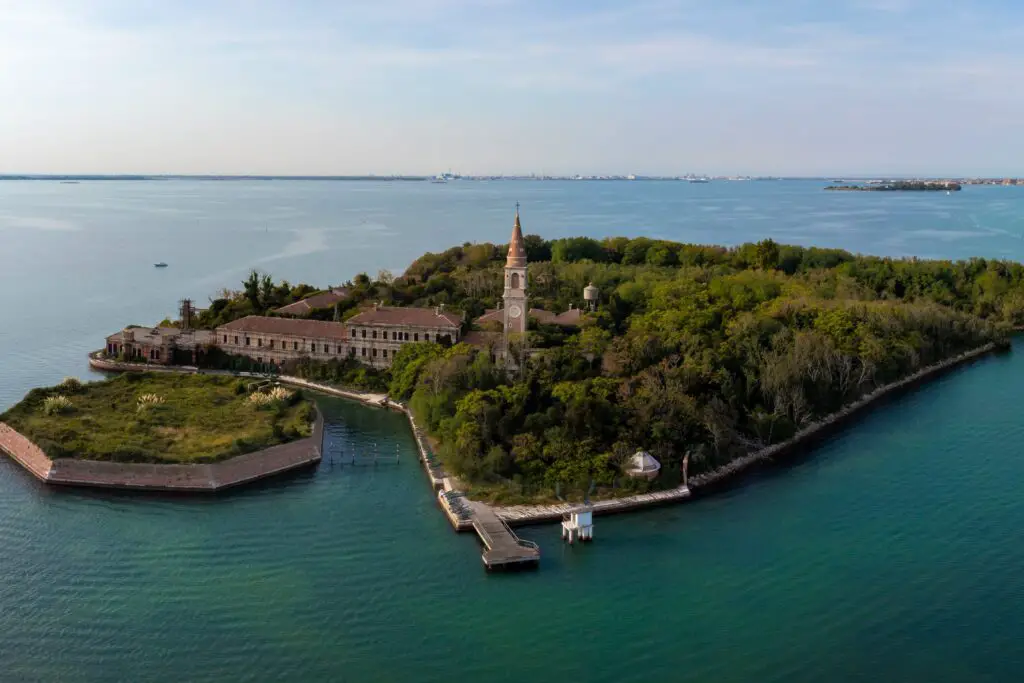
The Black Plague, which devastated Europe in the 14th century, is often seen as an event that was not only caused by bacteria but by a societal buildup of bad energy. The fear and panic that gripped communities led to a sense of collective hysteria, and many people began to believe that the plague was a divine punishment or the result of malevolent forces. This energy of dread spread like wildfire, making the population even more susceptible to illness.
At a time when people had little understanding of disease transmission, the dark energy of fear exacerbated the spread of the plague. As the death toll mounted, the atmosphere of misery and hopelessness seemed to fuel the cycle of suffering. Some believe that the overwhelming negative energy created an environment ripe for disease to flourish unchecked.
7. The Assassination of Archduke Franz Ferdinand

The assassination of Archduke Franz Ferdinand in 1914 is considered the spark that ignited World War I. But there’s also a belief that the buildup of negative energy in Europe played a crucial role in the event’s occurrence. The political instability, nationalism, and simmering tensions between European powers had created an environment of animosity and distrust long before the fatal shots were fired.
In this context, the assassination seemed inevitable, as though the bad energy in Europe had reached a boiling point. The act itself, a product of Serbian nationalist tension, was just the catalyst needed to unleash a catastrophic war. In this view, the energy of conflict and aggression in Europe was so strong that it was almost as if history had been set in motion long before the assassination ever took place.
8. The Hindenburg Disaster
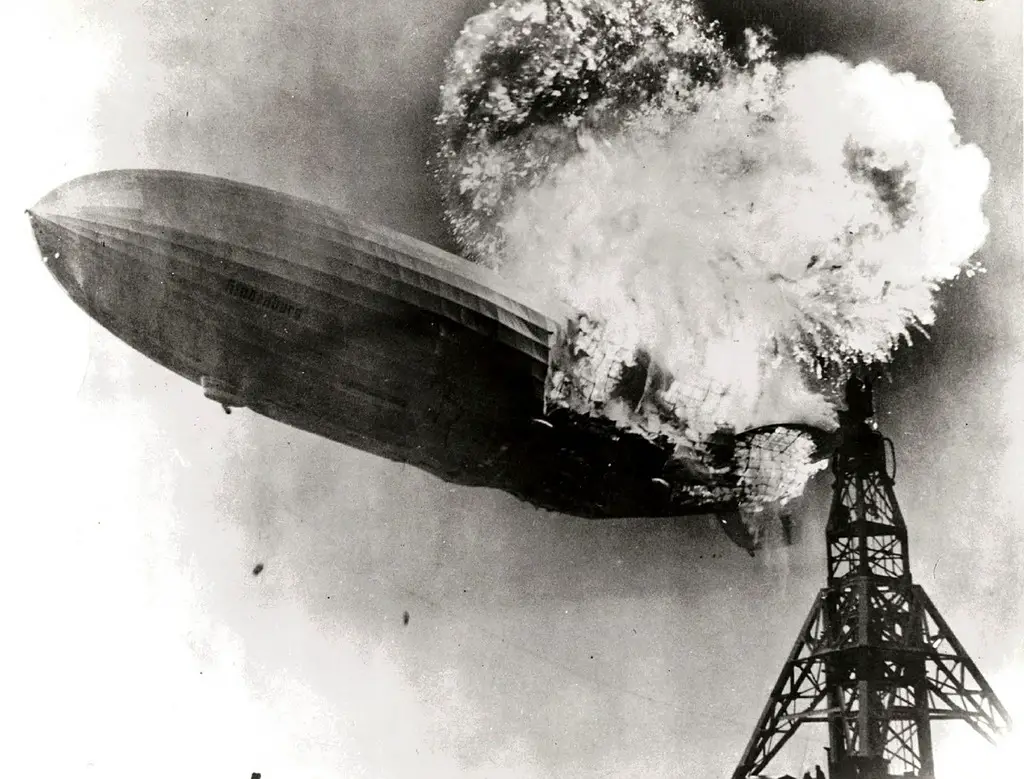
The Hindenburg disaster in 1937, when the German passenger airship exploded while attempting to land, has long been considered one of history’s most tragic and mysterious events. While mechanical failure and human error were cited as causes, some theories suggest that the Hindenburg’s doomed flight was influenced by bad energy surrounding the Nazi regime. The airship was used as a propaganda tool, and its very existence carried a sense of foreboding, especially as tensions were rising in Europe.
The explosion, which killed 36 people, is often remembered as a symbol of the dangers of unchecked ambition and the dark energy that surrounded it. Some have speculated that the “bad energy” of the Nazi regime’s growing power contributed to the airship’s tragic end. In this sense, the Hindenburg disaster wasn’t just a technical failure but also the manifestation of the destructive forces surrounding it.
